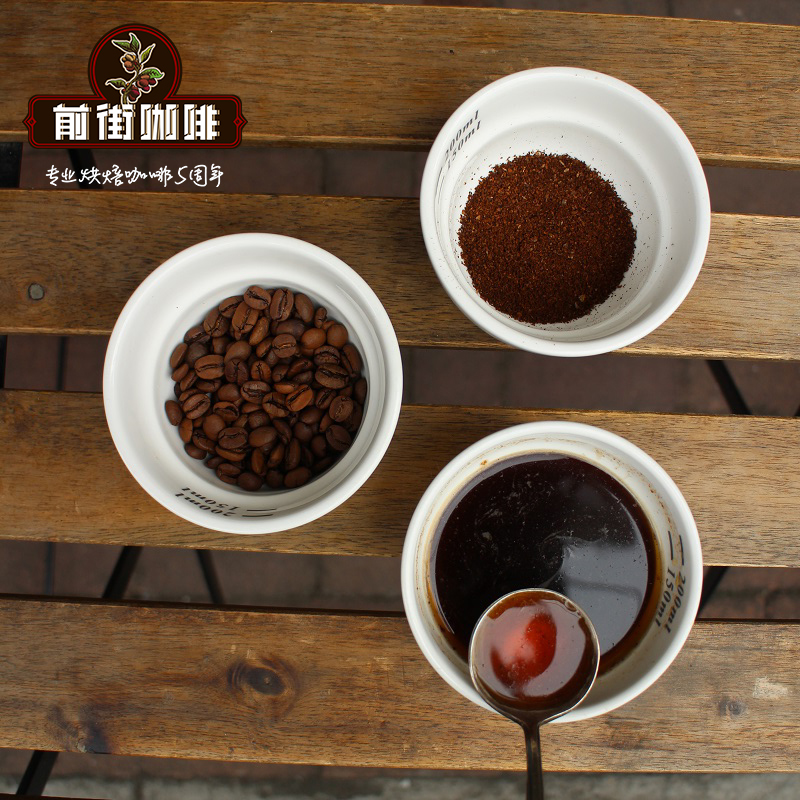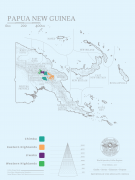What physical changes occur when coffee is roasted? What are the changes in the sodium metanide reaction and caramelization?

Roasting converts coffee beans from raw beans to ripe beans rich in aroma and flavor, but do you know what happened during the baking process?
When we are baking beans, it is mainly divided into physical and chemical changes. This is the first of two series. Let's take a look at the physical changes of coffee beans during roasting.
The importance of physical structure
The layered structure of coffee beans has a great influence on the flavor we want. Without a specific physical structure, the chemical reactions essential to flavor and aroma will not take place.
In The Craft and Science of Coffee's book, Britta Folmer said: "grinding raw beans into powder and placing them at the same temperature as when baking does not produce the flavor compounds we need. Intact coffee beans are necessary to produce chemical reactions. The complete structure can control and reflect that the baking environment is on the right premise and can react with each other in the right order. "
A dramatic change in baking
Coffee beans are dense and compact seeds, but once they start roasting, they change their original state. Let's take a look at what happens when roasting:
A change in color
Perhaps the most obvious change during baking is the color. Before roasting, fresh raw coffee beans appear bluish green and then turn brown due to melanoid production. These are polymers formed when sugars and amino acids combine under heating. In the baking process, part of the silver skin will also fall off, silver skin is the closest to the coffee bean's outer paper material.
Bean bakers and consumers will use color as the standard to define the quality of coffee beans and baking results.
Change of moisture content and quality
The moisture content of raw coffee beans after the drying process is about 10-12%, but after baking, the moisture content will be reduced to about 2.5%. In addition to the water that already exists in raw beans, additional water is generated through chemical reactions, but this evaporates during baking.
The loss of water and the conversion of some dry matter into gas are the reasons for the decrease of the overall quality of raw beans after baking. On average, coffee beans lose 12-20% of their weight before and after baking. Bakers often record the weightlessness ratio to determine which batches of raw beans may require additional monitoring in terms of quality.
Different baking curves will affect the time of dehydration, baking at different time points, the change of water activity may represent the difference of chemical reaction, which may affect the final baking curve.
Changes in volume and pores
The strength of the cell wall of coffee beans ranks at the top of the plant world. they have a tough outer layer that increases their stiffness and strength.
When coffee is roasted, the rising temperature and the conversion of water into gas will increase the pressure inside the coffee beans, and these conditions will change the structure of the cell wall from rigid to rubber, because coffee beans contain polysaccharides (binding sugar molecules).
The internal material pushes out toward the cell wall, leaving a gas-filled gap in the center. This means that as the mass decreases, the volume of beans expands, and most of the gas accumulates from carbon dioxide released after baking.
Baking also increases the pores of coffee beans, resulting in lower density and stronger solubility. Of course, it also has a lot to do with turning them into delicious drinks.
Changes in oils and fats
Coffee beans contain oil, and during baking, the internal high pressure causes these compounds to move from the center of the cell to the surface.
Oils help keep volatile compounds in cells. Volatile compounds are chemicals that are highly volatile at room temperature. These substances are essential for producing the aroma and aroma of coffee. Without the oil, these molecules may dissipate quickly.
The longer the baking time, the more obvious the structural change, the lower the density of coffee beans, and the more gas will be produced. And the longer the baking time, the more grease on the surface of the coffee beans.
These developments to some extent explain why the taste of deep-roasted coffee is different from that of light-roasted coffee, but there are also important chemical changes that affect baking results, which we will look at in another article.
What happened at all stages of baking?
Different roasting methods will affect the flavor, aroma and taste of the final coffee, because chemical changes will occur at different time points during roasting.
But regardless of the baking method, baking is mainly divided into three stages: dehydration, Maynard (caramelization) reaction, and flavor development. These terms actually describe the different stages of chemical and physical changes.
1. dehydration
The dehydration process occurs at the temperature recovery point, which is when you put the raw beans in the baking machine, the heat inside the machine will drop before rising again, and the point at which the temperature begins to rise is called the temperature recovery point. During the dehydration stage, the water in the raw beans will begin to evaporate and the pressure will begin to form inside the beans.
two。 Maynard reaction
When the coffee beans begin to turn brown, the Maynard reaction begins, which happens when heated to about 150 °C. This process produces a lot of gases, including carbon dioxide, water vapor, volatile gases and so on. When the internal pressure is large enough to break through the cell wall, it expands, which is called the first explosion.
Flavor development will also occur at the same time in Maynard reaction, in addition to beans color change, but also affect the final coffee flavor.
3. Flavor development period
When baked to an explosion, baking changes from endothermic reaction (absorbing heat from the drum) to exothermic reaction (beans release heat). At this stage, the physical changes will continue, the pores on the bean surface will continue to increase, the oil will continue to move from the core to the surface, and the color will continue to darken. Many chemical reactions also occur at this stage, which will be discussed in another article.
Simple as it may seem, coffee roasting is a complex process because many physical and chemical changes take place in the roasting process. However, due to the unique structure of coffee beans, all this has come true.
Before you buy a bag of coffee beans, think about what happens when each bean is roasted to this degree.
Important Notice :
前街咖啡 FrontStreet Coffee has moved to new addredd:
FrontStreet Coffee Address: 315,Donghua East Road,GuangZhou
Tel:020 38364473
- Prev

Characteristics of Papua New Guinea Coffee beans introduction to Papuan Paradise Bird Coffee Bean Grade
The island of New Guinea was colonized by the Netherlands, Germany, Britain, Japan, Australia and other countries from the 18th century to the 19th century. In 1961, the western half of the island became an Indonesian dependency, while the eastern half became independent from Australia in 1975, becoming the present-day PAPUANEWGU of Papua New Guinea.
- Next

Can farmers sell whole coffee berries instead of beans? Is that better?
It is generally assumed that smallholders need to cooperate to collect, process, and trade directly harvested fruit in order to be competitive and profitable in the coffee industry. Smallholder farmers will never escape the cycle of brokered exploitation leading to poverty as long as they are not linked to certified cooperatives, testing laboratories, processing plants and import-export units. This view may be basically correct
Related
- Beginners will see the "Coffee pull flower" guide!
- What is the difference between ice blog purified milk and ordinary milk coffee?
- Why is the Philippines the largest producer of crops in Liberia?
- For coffee extraction, should the fine powder be retained?
- How does extracted espresso fill pressed powder? How much strength does it take to press the powder?
- How to make jasmine cold extract coffee? Is the jasmine + latte good?
- Will this little toy really make the coffee taste better? How does Lily Drip affect coffee extraction?
- Will the action of slapping the filter cup also affect coffee extraction?
- What's the difference between powder-to-water ratio and powder-to-liquid ratio?
- What is the Ethiopian local species? What does it have to do with Heirloom native species?

